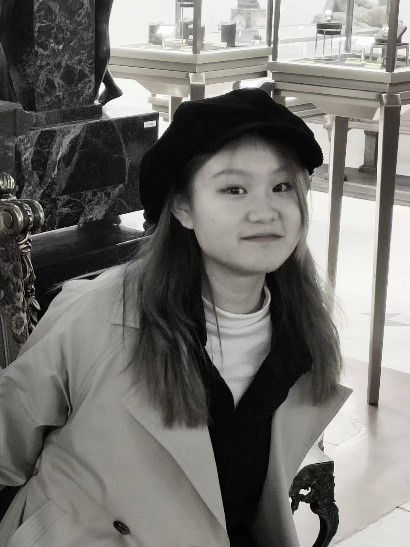
THIRD PRIZE WINNER!
Yicheng Xu, Qiao Yong, Cai Yuxin & Abdukadir
China
Yicheng Xu, an architect with a passion for gardening, sees this competition as an opportunity to create his ideal garden and address real-life challenges through plant-inspired conceptual design. He's excited to participate.
Yong Qiao, 22, explores the relationship between the senses and architecture, focusing on sensory architecture. He has experience in soundscape design and a passion for calligraphy, fine brushwork, and natural aesthetics.
Yuxin Cai maintains a critical distance from current trends, consistently reflecting on the interplay between architecture, historical culture, and living environments, while continually progressing.
Abduka, 24, served in the army for two years before pursuing architecture, which he started studying in 2021. A junior this year, he specializes in architectural landscape design and enjoys fitness and art.
Interview with the Winner
Can you describe your inspiration behind the design concept for the olfactory garden?
The core of our strategy lies in enveloping the entire community with bionic membrane structures, creating a protective barrier against pollutants. By leveraging ecological design principles, we have deliberately chosen circular planar forms to optimize the layout of crucial structures such as aromatic plant towers, distillation towers, and gas dissemination towers. This meticulous planning aims to achieve the most effective and efficient solutions for counteracting air pollution within the community.
How did you approach the task of selecting plants and natural elements to create a diverse and engaging fragrance palette?
We believe that plants and fragrances can positively impact people's physical and mental health. To support this idea, we have reviewed relevant literature to help us select suitable plants.
In what ways does your design aim to stimulate and engage visitors' sense of smell on a deep emotional level?
By leveraging ecological design principles, we have carefully selected circular planar forms after much deliberation, aiming to optimize the layout of crucial structures such as fragrant planting towers, distillation towers, and gas dissemination towers. On the other hand, the selected plants have been scientifically proven to possess healing effects on human psychology.
How did you ensure that your garden design seamlessly integrates with the surrounding environment? What considerations were taken into account?
The garden is designed in conjunction with the residential building as a whole, so that it is integrated into the community. The plan is optimized in the design, and each installation is placed in the most suitable area between the buildings.
Accessibility and inclusivity are important aspects of the project. How does your design cater to visitors of all ages and abilities?
Our project incorporates multiple entrances and exits located in various directions of the site, enabling a larger number of surrounding residents to access the site quickly and efficiently. These entrances also facilitate the holding of various public activities in the plazas within the site. Additionally, we have implemented subsidence treatments for certain plazas within the site, aiming to provide a richer spatial experience. To further enhance accessibility for elderly individuals and children in the surrounding area, we have also designed multiple barrier-free ramps.
Can you elaborate on the educational value that your garden design offers? How do you plan to inform visitors about the various plants and their associated fragrances?
Our design can inspire more people to use plant scents to heal the soul, and we will put signs next to each plant explaining its variety and effect.
Sustainability and maintenance are key factors in the long-term success of the garden. What sustainable practices have you incorporated into your design, and how do you plan to ensure the garden's upkeep?
The bionic membrane structure we adopted can filter ultraviolet rays under the condition of ensuring ventilation, and has the function of collecting rainwater and directly watering the plants in the garden, providing a constant growth environment for the plants.
How do you envision visitors experiencing the olfactory garden? Can you describe a visitor's journey through the space?
Imagine stepping into an olfactory garden, where each stride unveils a novel olfactory experience. Commencing in the floral zone, one is greeted by the sweet aroma of roses, lavender, and jasmine. This is followed by the refreshing scent of herbal plants such as mint and basil, succeeded by the vibrant fragrance emanating from the citrus grove.
Amidst the surrounding aroma of wooden essences like cedar and sandalwood, moments of tranquility are discovered. Along the way, seating areas invite one to pause and immerse oneself in the natural scents. Arriving at the heart of the garden, a serene fountain surrounded by water lilies and lotus flowers presents a peaceful conclusion to one's sensory journey.
Upon exiting the garden, one departs feeling rejuvenated and inspired by the transformative power of natural fragrances.
Checkout our Latest Competitions


































